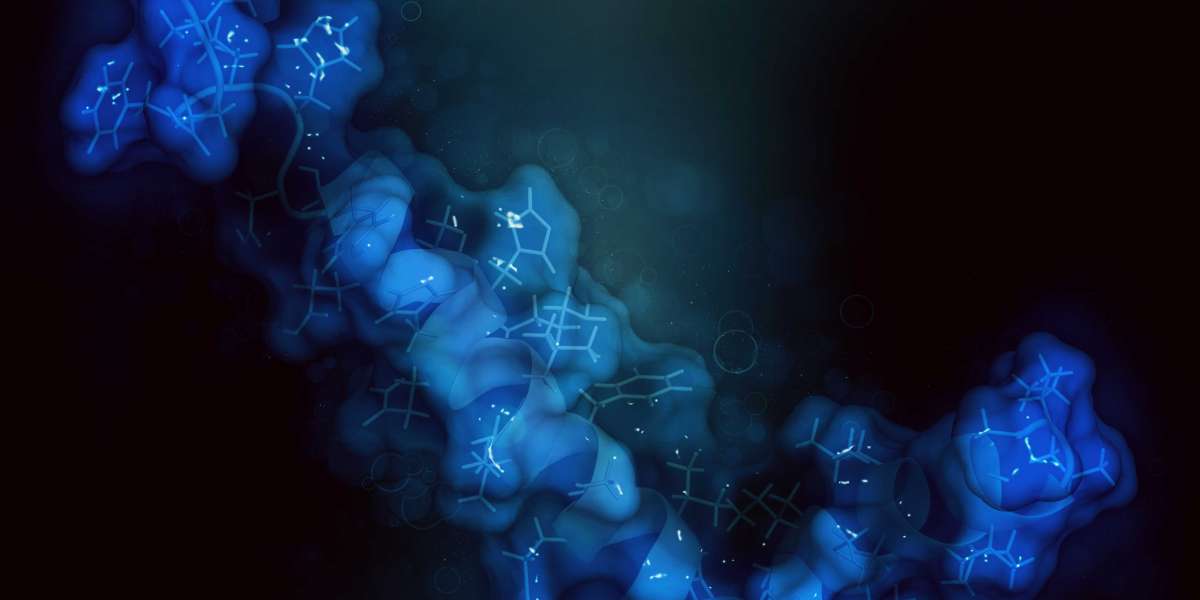Transient receptor potential (TRP) channels are integral components of the cellular physiology in various animal cell types, primarily located on the plasma membrane. These channels are classified as non-selective calcium-permeant cation channels, meaning they allow the passage of multiple cations, including sodium (Na+) and calcium (Ca2+). An important aspect of TRP channels is their involvement in various cellular processes, including osmotic sensitivity and mechano-sensitivity, which play critical roles in how cells respond to environmental changes.
Osmotic Sensitivity and Activation Mechanisms
One of the fascinating features of TRP channels is their sensitivity to osmotic changes. When cells are exposed to hypotonic conditions—where the solute concentration outside the cell is lower than that inside—certain TRP channels become activated. This activation contributes to cellular responses to swelling or changes in osmotic pressure. Interestingly, the activation of TRP channels under hypotonic conditions exhibits outward rectification, meaning that the channels preferentially conduct ions more easily in one direction, influencing cellular excitability and signaling.
In addition to osmotic stimuli, TRP channels can also be triggered by various other physical and chemical factors. These include elevated temperatures (heat), acidic pH levels (low pH), the presence of citrate, and phorbol esters. Phorbol esters, particularly 4-alpha-phorbol 12,13-didecanoate, have been shown to play a significant role in activating TRP channels, thereby enhancing cellular calcium influx. The increase in intracellular calcium concentration (Ca2+) subsequently potentiates TRP channel currents, showcasing a positive feedback mechanism that amplifies the cell’s response to stimulation.
TRP Channels in Immune Response Regulation
Beyond their role in cell physiology, TRP channels are also crucial in regulating immune responses. For example, in synoviocytes—cells found in the synovial membrane of joints—TRP channels are essential for the nonselective cation channel activation induced by both mechanical stimuli and phorbol ester exposure. This activation is linked to the regulation of cytokine production, particularly interleukin-8 (IL-8), a pro-inflammatory cytokine involved in the recruitment of immune cells to sites of inflammation.
The ability of TRP channels to modulate IL-8 production illustrates their importance in inflammatory processes and potential implications in various diseases, including arthritis and other inflammatory disorders. By acting as molecular sensors, TRP channels help synchronize cellular responses to mechanical forces, chemical signals, and pathological conditions.
Conclusion
Transient receptor potential channels are versatile molecular components that not only facilitate the passage of calcium and other cations across the plasma membrane but also play critical roles in mediating cellular responses to osmotic and mechanical stimuli. Their sensitivity to a range of activators—from hypotonicity and thermal changes to phorbol esters—highlights their significance in maintaining cellular homeostasis and regulating immune responses. Understanding the exact mechanisms by which TRP channels operate could lead to novel therapeutic strategies for addressing inflammatory diseases and other conditions where cellular signaling plays a pivotal role.








